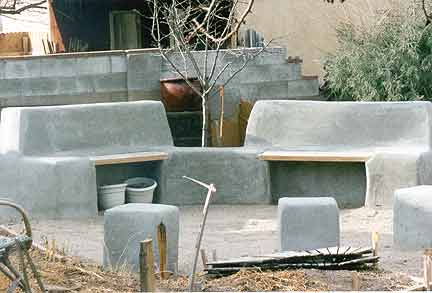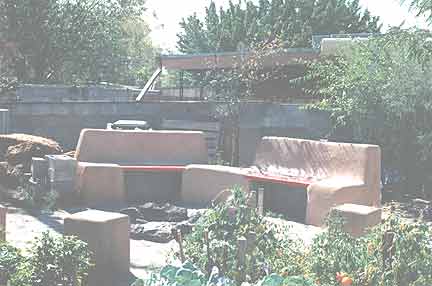ZONE ZERO ASSESSMENT DESIGN


Permaculture is the discipline of understanding the patterns and functions of nature's processes through observation and study and the execution of this knowledge through site-specific projects to create rehabilitative and sustainable works. Permaculture not only uses the rote learning of the sciences, but also demands the exercise of the creative practice of a group or individual. Projects range from small community gardens up to whole bioregions through the appropriate use of the four elements of sun, wind, water and earth and the patterns they create. For the past thirty years permaculture has been successful in rehabilitating households, communities, bioregions and indeed, whole nations (mostly in the third world). Because of the technological advancement in the more affluent areas of the world, most people have lost their awareness of sustainability within nature and have succumbed to improper habits which are not regenerative.
Permaculture is a practical, ecological design system of patterns found in nature to build productively sustainable ecosystems within which the human is included. Permaculture integrates disciplines relating to food, shelter, energy, water, waste management, and social and economic perceptions, to create whole systems ranging from households to developments to major agricultural enterprises and even to bioregions. The permacultural ethic of using only design components which are resource conscious and economically sound makes long term business sense.
The permacultural approach in developing a proper, sustainable project, be it a small farm, house or a new subdivision includes first the occupant and then the architects, designers and builders. All specified zones and natural vectors are considered. Zone Zero is the classification of the personal life style and interaction with the property. Because of the nature of the permacultural process, encouragement in creativity by the proprietor is stressed. Permaculture combines short, medium and long term goals.
For thirty years permaculture has gained a reputation of completely revamping and rehabilitating sites both in the rural and urban atmosphere to facilitate the ability of people to have more control of their situation and enhance their health and economic status and sharing this with their neighbours.
Zone Zero assessment initially `reads' the land. Historic, archeological, current and future factors of both the site and surrounding area are included to set a basis for a comprehensive plan of land usage. Needs and wants of the present or potential occupants are determined. The owner or developer is offered the feasibility to succeed with accrued wealth to share within a number of alternatives and sliding scale projects. Once the parameters are set and the direction of the project is decided, it is time for a basic design.
After client consideration and professional consultations, goals, needs and wants are set. Alternatives are examined and a basic plan is formulated. Infrastructure costs, ground water, entrepreneurship on common lands, wind management, biological sewage treatment, community needs, food, security, site energy management, and building envelopes are determined. Intrinsic characteristics to create heating/cooling, water, sewage and other systems which harmoniously root the structure into the site are outlined. From these combined processes an optimum site design is established as a guide for all participants.
The regenerative process starts with the combination of the need to develop, the opportunity of a site and the aspirations of an initiator. Through a series of steps from conception to design to approval to construction, the discipline of systems integration is practiced. The final stage is the actual use of the project which includes the ongoing evolution of the system create.
Zone Zero assessment/design may range from a simple and easy procedure to an intricate and involved process, depending on the site and proprietor. The basic and common mistake is to encumber an assessment after several agents initiate a design resulting in a series of compensations in an attempt to improve a limited concept. Zone Zero assessment/design can reduce costs and improve efficiency by focusing direction on the inherent potential of the site and owner together.
